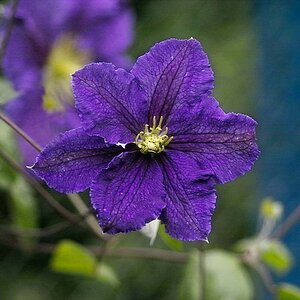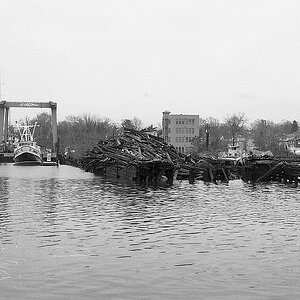qwertyjjj
TPF Noob!
- Joined
- Jun 7, 2012
- Messages
- 97
- Reaction score
- 3
- Can others edit my Photos
- Photos NOT OK to edit
So, I just got an eos400d 2nd hand with the 18-55 stock lens.
What are some recommended lenses and filters to complement this as I understand the stock lens isn't very good
budget as cheap as possible
I like doing wildlife photos and also landscapes
What are some recommended lenses and filters to complement this as I understand the stock lens isn't very good
budget as cheap as possible
I like doing wildlife photos and also landscapes
Last edited:



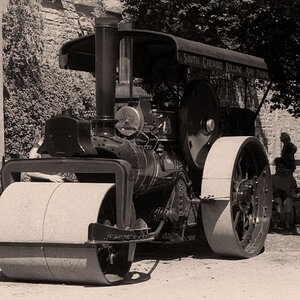

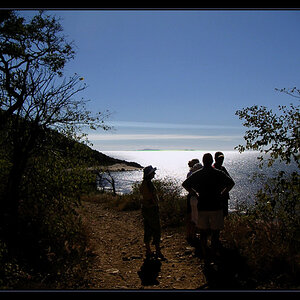
![[No title]](/data/xfmg/thumbnail/39/39184-d7e9fb25ed954af6adbcacfdf106df84.jpg?1619738904)
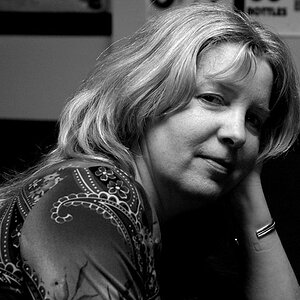
![[No title]](/data/xfmg/thumbnail/37/37602-1ef8dbb1c2d0e4ff347ee65d328c3603.jpg?1619738147)
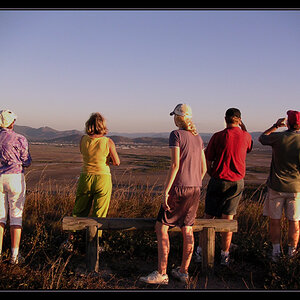
![[No title]](/data/xfmg/thumbnail/41/41765-153b10bab62ae8adbcc4d984fd08ed74.jpg?1619739885)
